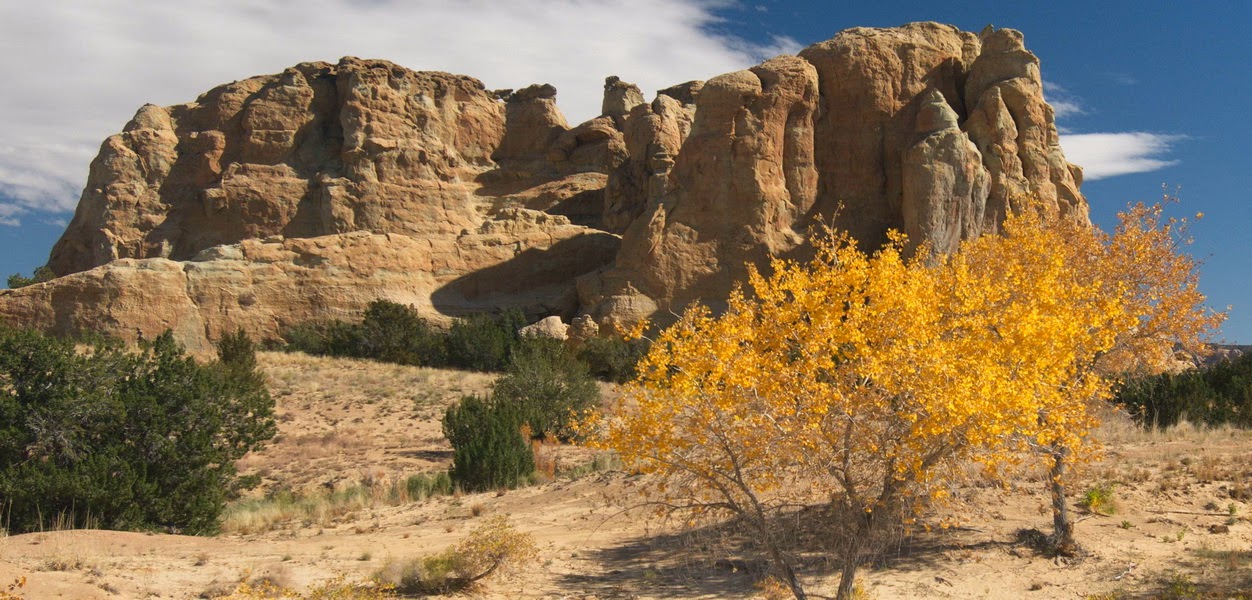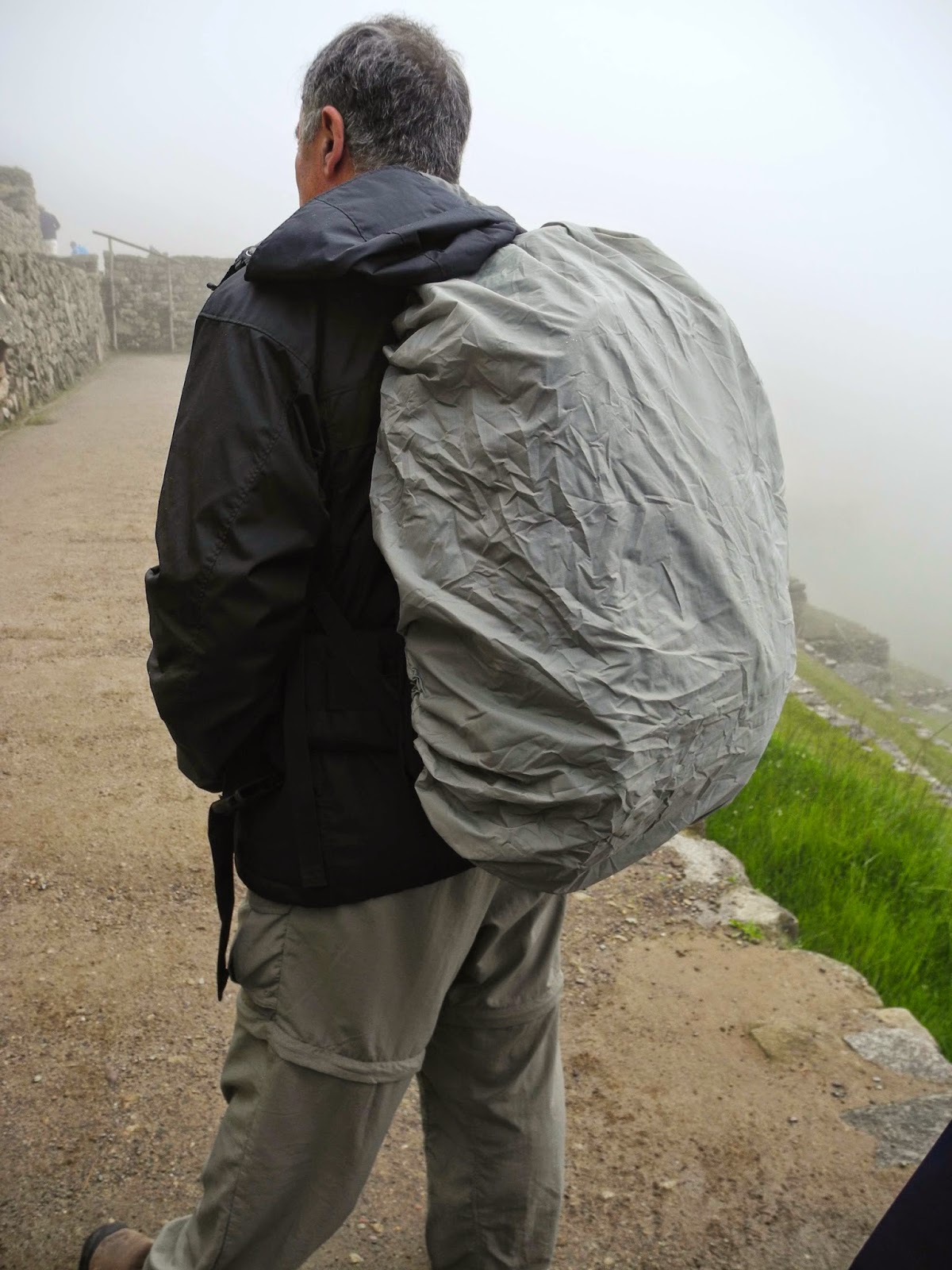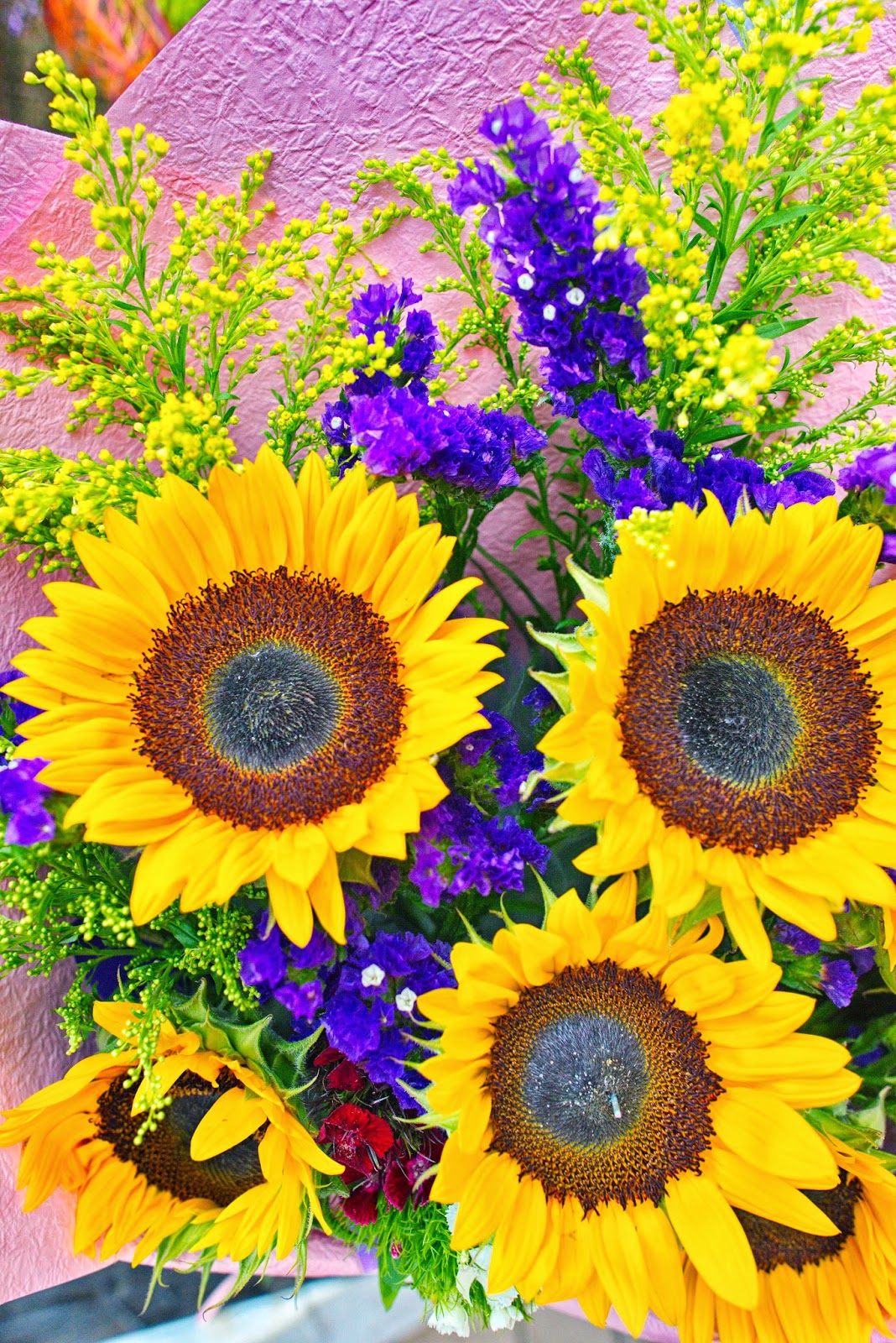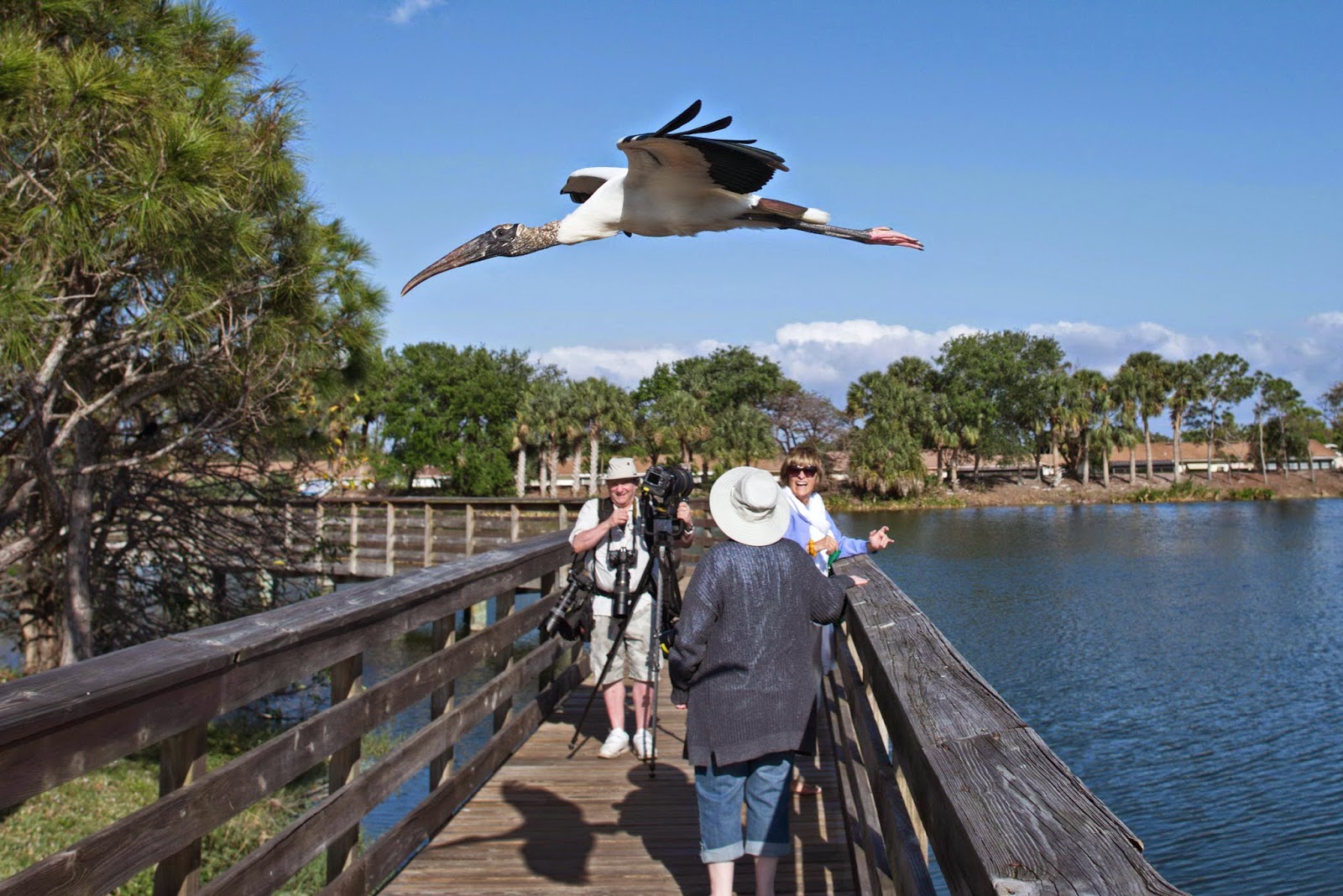Historically, travel and photography are so intertwined that many of the earliest images ever taken depict 19th century travel destinations from around the world. Today you rarely see anyone traveling who doesn't take at least some pictures, especially in this age of portable, easy to use cameras, smartphones, Facebook, Flick'r and Instagram.
 |
| Mesa in New Mexico |
But coming home with decent images that depict what you experienced is not as easy as casually tossing a camera in your carry-on bag. It takes some preparation and familiarity with the equipment, some idea about what you may encounter on your trip and how you plan to show your friends the images.
If you use a smartphone, you should make room for your pictures by clearing the photo memory in the phone. You may also want to have some backup space in the cloud for the excess. If you use a point and shoot camera you should decide before you leave the size and quality of the images you’re going to take, how many extra memory cards to bring and how to store and save those precious photos. And, for those who use DSLR’s with interchangeable lenses, not only do you have to think about memory cards, storage and backup, you also have to consider what lens or lenses to bring and how to carry a tripod. Yes a tripod!
 |
| This was too heavy a load for me at that altitude |
I took a trip to Peru and carried one body, four lenses, a portable backup/storage drive, six memory cards, battery chargers, extra batteries, electric outlet adaptors, a small international power strip, 1.4x tele-extender, a Kirk ball head, a Gitzo tripod, variable and neutral density, and polarizing filters. The lenses were 14-24 mm f2.8, 24-70mm f2.8, 70-200mm f2.8 and a 105mm f2.8 macro. I had all the bases covered for viewing sea lions and blue-footed boobies on Ballestra Island, condors in Colca Canyon and architecture in Arequipa, Lima and Cuzco and enormous landscapes in the Altiplano. I got great shots, but by the end of the trip, in Machu Picchu, I couldn’t carry all that gear on my back in the rarified atmosphere of the high altitudes. On the second day, I took a chance and checked my camera bag and all the gear at the entrance of the site and just took the camera with the wide angle 14-24mm lens.
It’s easy to say that you’re going to pack light, but it’s a lot harder to do. I used to use a 18-200mm lens for travel but that lens just wasn’t sharp and fast enough for the kind of shooting I like to do. People talk about the 24-105mm f4 lens as a good choice, but I like shooting wide open sometimes and f4 just doesn’t cut it. So here’s the kit I took to Hong Kong: 24mm f1.4, 50mm f1.4 and 105mm f2.8 and one body. All prime lenses. You could walk around all day with that load.
 |
| Hong Kong flower market arrangement |
Now I haven’t settled on that combo yet for other trips, but for urban street, architecture and landscape photography it seems to work. Some travel photographers take an 85mm f1.8 as a lightweight short telephoto, portrait lens. This sounds like it could be a good street portrait photography lens.
So what’s the answer for your next trip? There isn’t a simple solution. But here is a way to make an informed decision. Go online to Google Images and type in the names of the various locations you are going to visit during your trip. For instance, if you search for Hong Kong, you quickly discover that there is no need for a telephoto lens. You probably could get by with just a 35mm lens for all your images. There is more variety needed for Vietnam and Cambodia as there are large vistas and urban /street environments. A short zoom lens in the 24-70mm range would do very well. If you’re going to a location that includes urban locations and wildlife viewing like South Africa, then consider adding the 70-200mm and a 1.4x and 2x tele-extender, or a 200-400mm zoom. Remember you have to get it all on the plane in your carry-on bags. Forget about checking your valuable equipment and trusting the baggage handlers to treat it gently.
The other point very few people talk about is how you intend to use your images. If you are simply going to post images to Facebook, Flickr or online then you can shoot jpg images to your heart’s content. You don’t have to worry so much about storage because you can upload images to Facebook or Flickr during your trip whenever you have a WiFi connection. In fact, if you have a big enough memory card you can shoot thousands of images before you run out of storage. Most travel photographers prefer not to put all their images on one card so they tend to use several smaller cards to store them.
However, if you intend to hang a large print of the Taj Mahal, Angkor Wat or Machu Picchu over
your fireplace mantle, then you will have to shoot RAW so you can come back with a large enough file with greater resolution necessary to produce a big 16x20-inch print. That dramatically changes how much storage space you need. For instance, a 16 gigabyte memory card in a Nikon D7100 can hold about 290 RAW images but more than 2,000 JPG Fine quality Normal size images. If you’re going to shoot RAW make sure you have plenty of memory cards, and if you’re really careful, a portable hard drive on which to back them up.
So here’s my advice. Do your research before you travel to a distant location. Check Google Images, Flickr and Instagram for images of your destination. Then do an inventory of your equipment and how you intend to carry it around with you.
 |
| Notice all the equipment this guy is carrying. |
Also decide how much memory you think you will need. Here’s one way to figure it out. During film days, I used to allot 3 rolls of 36 exposure film for each day of shooting. That’s 45 rolls of film for 15 days of shooting. If you use that formula, then you can say that you will shoot around 100 images a day for 15 days. That’s 1,500 images for a 15 day trip. Now double it and you should be safe.
With all the travel and baggage restrictions imposed on us since 9/11, photographers need to plan carefully so they aren’t weighed down by excess equipment, forced to spend time deleting images because they don’t have enough memory, or confronted by conditions that make successful photography unrealistic.



No comments:
Post a Comment